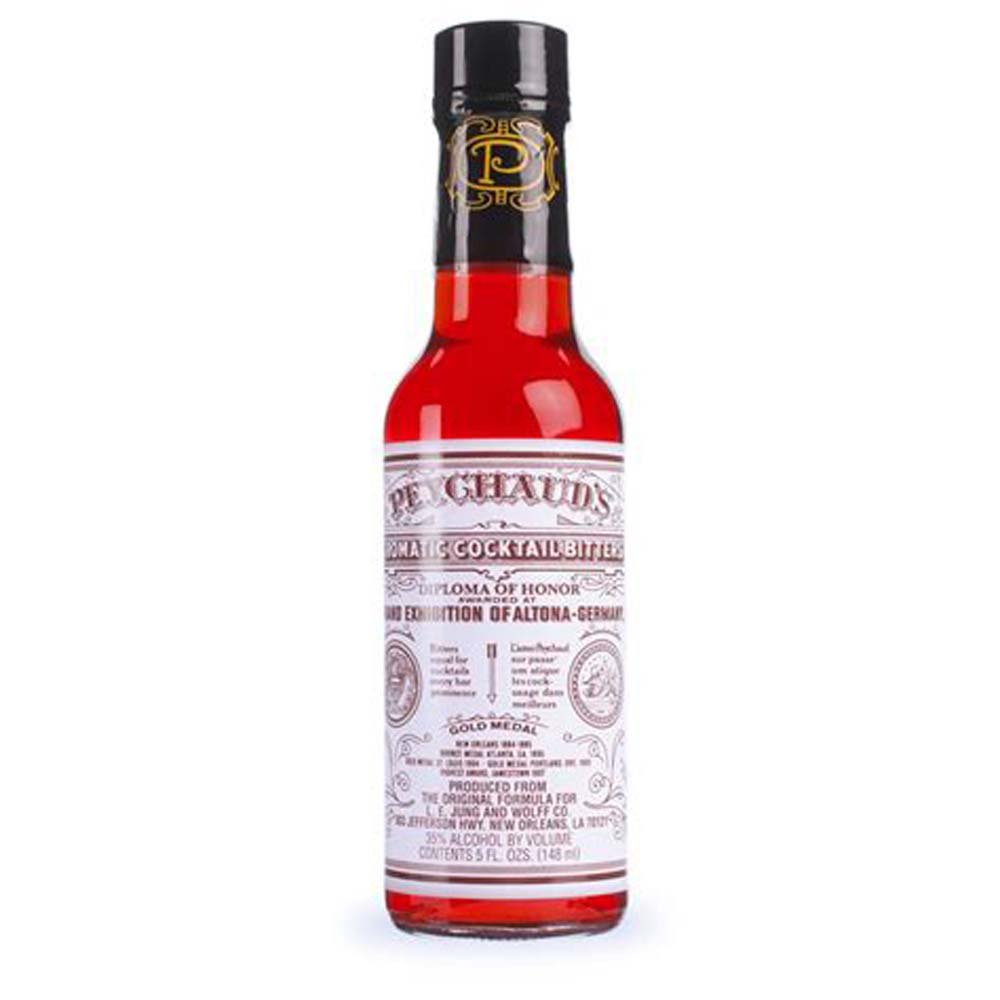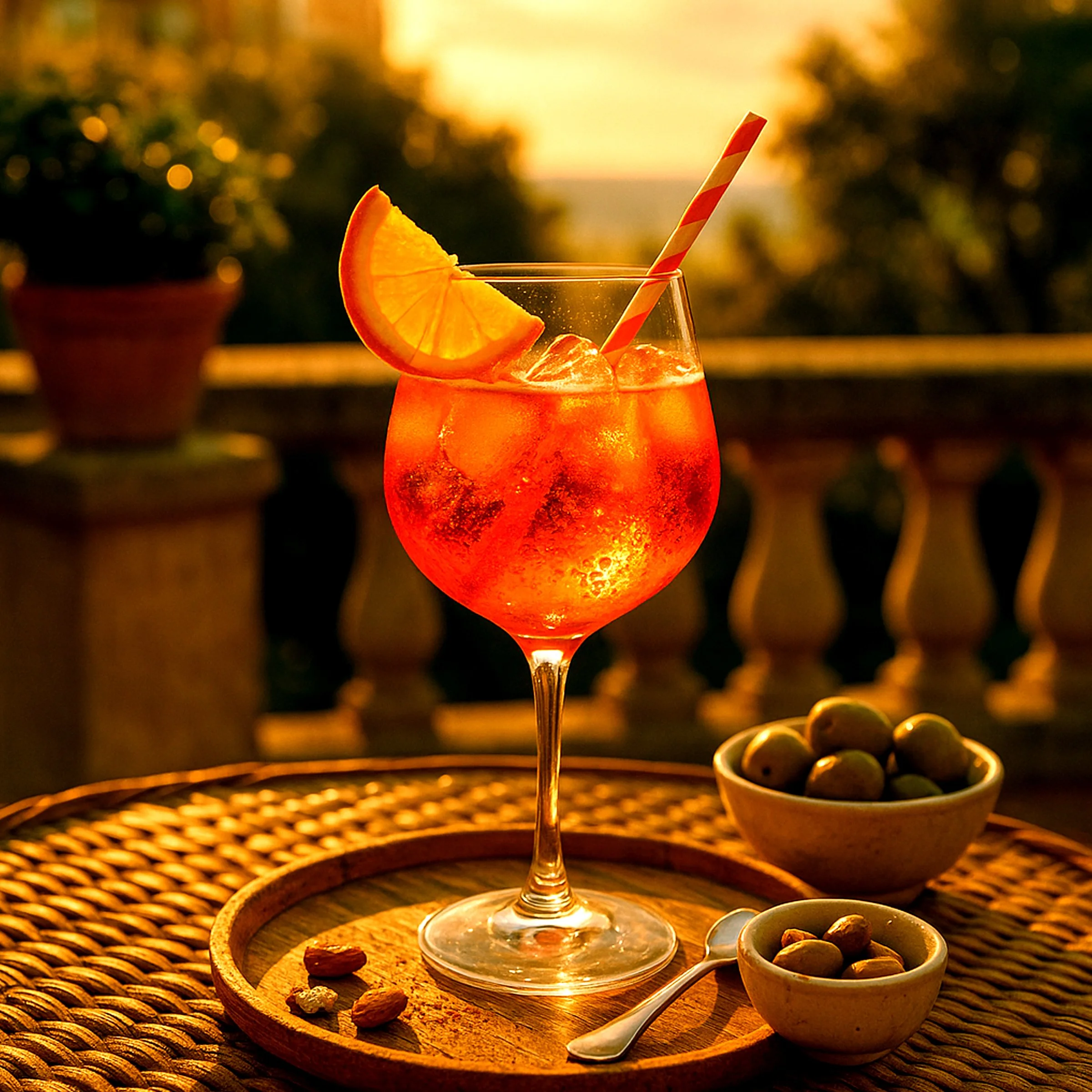BITTER APERITIFS
Bright Bitterness, European Elegance, Cocktail Essential
Bitter aperitifs are the ruby-toned backbone of spritzes, Negronis, and pre-dinner rituals around the world. These vibrant liqueurs blend citrus, herbs, and roots into bittersweet spirits that awaken the palate and open the appetite. Born in Italy and France but embraced globally, bitter aperitifs balance flavor and function—offering just enough bitterness to stimulate without overwhelming. Whether served simply over ice with soda or layered into complex cocktails, they are stylish, structured, and essential.
Key Characteristics
Defined by low alcohol, bold color, and balanced bitterness, these aperitifs are usually flavored with gentian, citrus peel, rhubarb, and botanicals. Most are semi-sweet, lightly syrupy, and meant to be consumed before a meal.
Style
Low-ABV, bittersweet liqueurs designed for aperitivo or cocktail use
Includes red aperitifs, white or clear bitter aperitifs, and aperitif hybrids
Body
Light to medium
Texture
Silky, smooth, slightly viscous
Primary Ingredients
Gentian root, rhubarb, orange peel, cinchona bark, quinine, clove, cardamom, sugar, and natural color (often from cochineal or beetroot)
Typical Flavors
Bitter orange, gentian, rhubarb, cherry, grapefruit, spice, quinine, candied peel, floral hints
Origin & History
The aperitif tradition began in 19th-century Italy and France as a way to stimulate the appetite before dinner. Brands like Campari and Aperol became cultural staples, their recipes guarded but globally admired. Aperitifs like Suze, Cappelletti, and Select represent regional pride, while new craft versions echo the original spirit of aperitivo—bitter, bright, and balanced.
How It’s Made
Botanicals are macerated in a neutral spirit or wine base, then sweetened and tinted with natural color. Some styles are carbonated or fortified with wine or spirit. Most fall between 11–25% ABV, though alcohol levels and bitterness can vary.
Notable Styles
Bitter aperitifs are often grouped by base and bitterness level.
Red Italian Aperitifs
Campari, Aperol, Select, Contratto Bitter
Wine-Based Aperitifs
Cappelletti (Italian), Byrrh (French), Bonal Gentiane-Quina
White or Clear Aperitifs
Cocchi Americano Bianco, Salers, Dolin Bitter
Craft or Contemporary
Leopold Bros. Aperitivo, St. Agrestis Inferno, Faccia Brutto
Aromatic Hybrids
Gentian-forward with quinine or vermouth-like notes
Cocktail Pairings
Bitter aperitifs are essential in classic cocktails and spritzes. Their color and balance offer contrast, acidity, and structure.
Classic Cocktails
Negroni, Americano, Boulevardier, Spritz (Aperol, Select, or Cappelletti), Jungle Bird
Modern Mixes
Bitter Paloma, Grapefruit Negroni, Rosato Sour, Quinine Margarita, Rhubarb 75
Food Pairings
Pairs beautifully with salty snacks, charcuterie, or bright Mediterranean dishes. Ideal for aperitivo hour.
With Savory
Olives, prosciutto, anchovies, marinated artichokes, grilled bread with ricotta and lemon
With Cheese
Parmigiano-Reggiano, aged goat cheese, taleggio, sheep’s milk cheese, crostini with tomato
With Dessert
Blood orange tart, grapefruit granita, dark chocolate with sea salt
How to Serve It
Glassware
Wine glass, rocks glass, or highball for spritzes and mixed drinks
Temperature
Serve over ice, with soda or sparkling wine, or mixed into cocktails
Storage
Store in a cool, dark place. Most are shelf-stable, but refrigerate after opening to preserve freshness, especially wine-based styles
Fun Fact
Campari’s iconic red color originally came from cochineal, a natural dye made from insects. Though some brands still use it, others have transitioned to beetroot or synthetic coloring.
Try This If You Like
Amaro with citrus tones
Grapefruit-forward cocktails
Savory white wines with bite (Vermentino, Albariño)
Recommended Producers
These houses exemplify the diversity and craftsmanship of bitters and herbal liqueurs, offering complex, concentrated flavors that elevate both classic and modern cocktails.
Angostura
A cornerstone of cocktail culture, producing iconic aromatic bitters with a bold, spiced profile used around the world.
Boomsma
A Dutch distillery known for traditional herbal spirits like Claerkampster Cloosterbitter, rooted in monastic recipes and botanical complexity.
Peychaud’s
A New Orleans staple, delivering bright, anise-tinged bitters that define classics like the Sazerac with distinctive regional flair.
Woodford Reserve
A bourbon-focused distillery crafting rich, barrel-aged bitters like their orange expression, ideal for adding depth and spice to premium cocktails.
Recommended Pours





